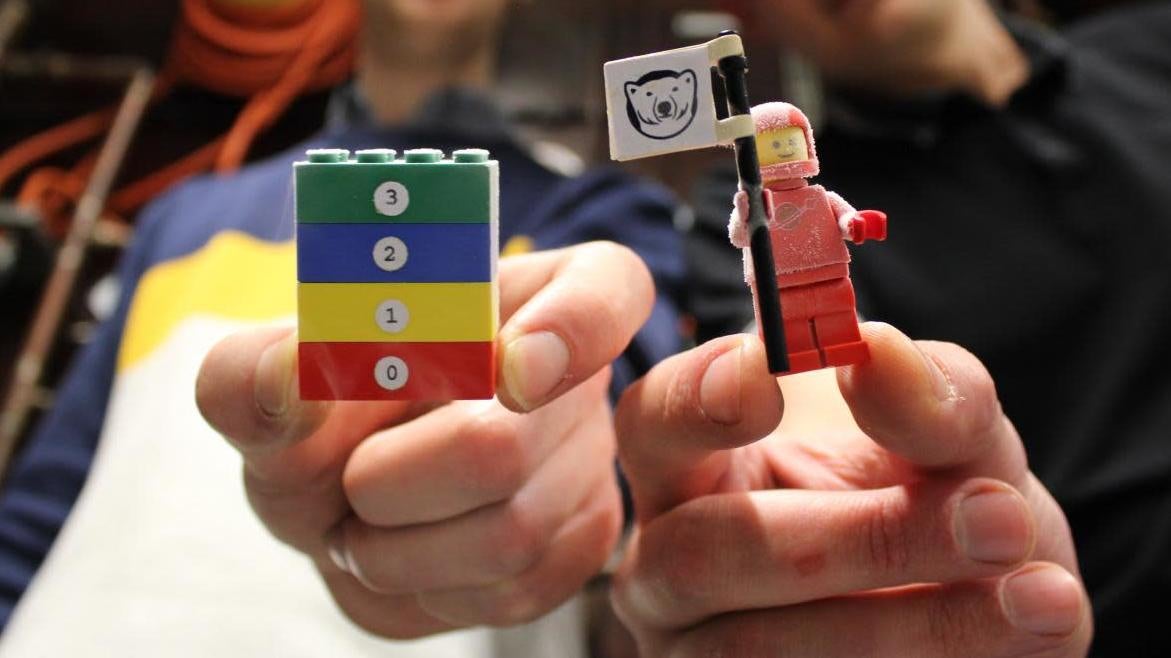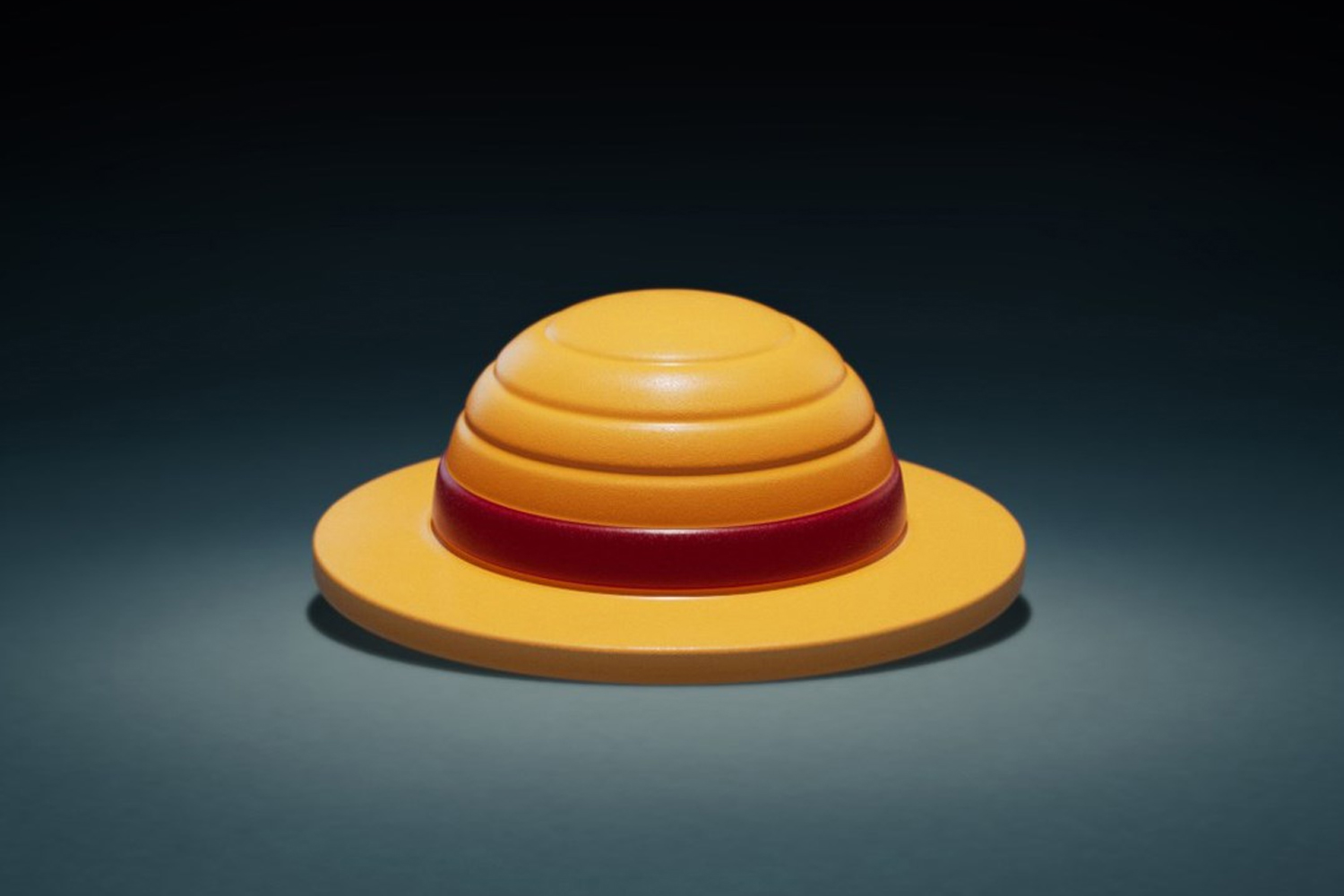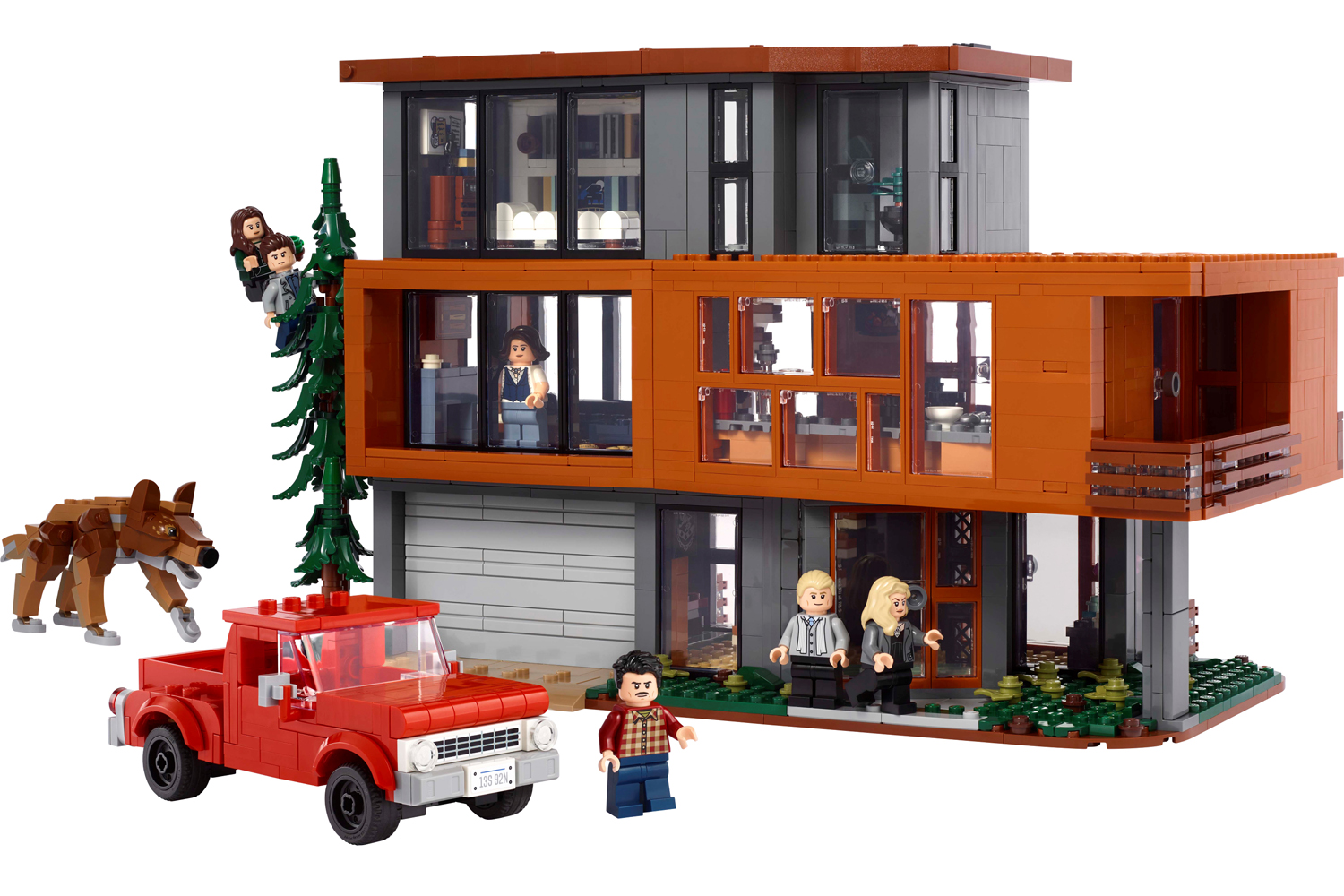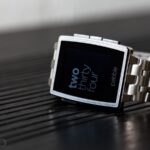Scientists cooled LEGOs to nearly absolute zero—and hope to one day incorporate a LEGO-style material into a quantum computer.
Objects that transfer heat slowly form useful components in technologies that operate at very cold temperatures—technologies like quantum computers. Other industrial plastics also transfer heat slowly, but can be expensive at large quantities. The researchers from Lancaster University in the United Kingdom wondered whether LEGO bricks could serve as a cheaper and effective alternative to these more expensive options.
The researchers stacked four LEGOs and placed them into their dilution refrigerator, a device that uses a heat-absorbing process of mixing two helium isotopes to generate ultra-cold temperatures (isotopes are atoms with the same number of protons but a different number of neutrons). They attached the bottom of the stack to the chamber where the isotopes mix and placed a small heater and a thermometer on the top brick. The experiment exposed the bricks to an environment with temperatures between 70 milliKelvin and 1.8 Kelvin, colder than the vacuum of space, according to the paper published in Scientific Reports. Zero Kelvin is the temperature at which matter has no heat and is equal to −273.15 degrees Celsius or -459.67 degrees Fahrenheit.
After calculating the LEGO brick stack’s thermal properties, the researchers concluded that LEGOs were an effective insulator at these very low temperatures. Heating the top LEGO brick led to no noticeable change in the temperature in the bottom brick, according the paper. They wrote that the bricks performed better than more expensive plastics on the market would.
The researchers hypothesized that LEGO bricks’ low heat conductivity arises from the thermal behavior of the brick material, Acrylonitrile Butadiene Styrene (ABS), combined with the blocks’ clamping mechanism. The clamping creates voids that minimize the physical contact between bricks, slowing heat’s ability to travel.
As for why I mentioned quantum computers, there’s a nascent computer technology called quantum computing that has the potential to solve certain problems faster than regular computers can. But the quantum computers currently operated by companies like IBM, Google, and Rigetti all work solely in extremely cold temperatures. Any extra heat, either from the components of the device or the environment, may destroy the quantum behavior that gives the computers their advantage. A LEGO brick wouldn’t be the first quirky material to find its way into a quantum computer; last year, I reported that dental floss’ thermal properties make it useful in quantum experiments to prevent wires from jostling around.
But no, the researchers aren’t imagining a future where quantum computers incorporate LEGO bricks into their architecture. Instead, they think that a composite vacuum/ABS material like LEGO bricks might be a useful structural component for ultra-cold technology in the future. ABS is already a popular material in 3D printers and is much cheaper than other industrial plastics. Future devices might incorporate specially-fabricated ABS structural components for the specific technology.
Regardless, I hope to see a functional LEGO quantum computer soon.














